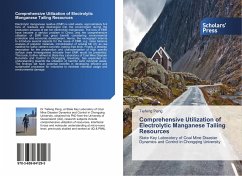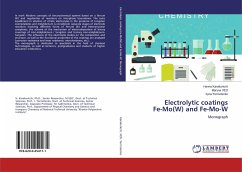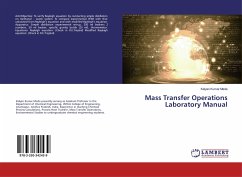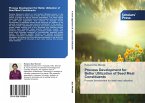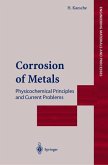Electrolytic manganese residue (EMR) is solid waste, approximately 6-9 tons of residues are discharged into the environment during the production process of per ton electrolytic manganese. The tons of EMR have become a serious problem in China, and the comprehensive utilization of EMR has great benefit considering environmental protection and economic development. Hence, the monograph intends to introduce several aspects for the reuse of EMR, e.g. mass balance analysis of pollution materials, immobilization of soluble Mn (II), as raw material for sulfur cement concrete, baking-free brick. Finally, a detailed description for the preparation and characterization of high specific surface area trimanganese tetroxide from EMR would be presented. This book, further refined at State Key Laboratory of Coal Mine Disaster Dynamics and Control in Chongqing University, has expanded our understanding towards the utilization of harmful solid industrial waste. The findings will have potential benefits in developing efficient and sustainable processes for industries to minimize chemical usage and environmental damage.

